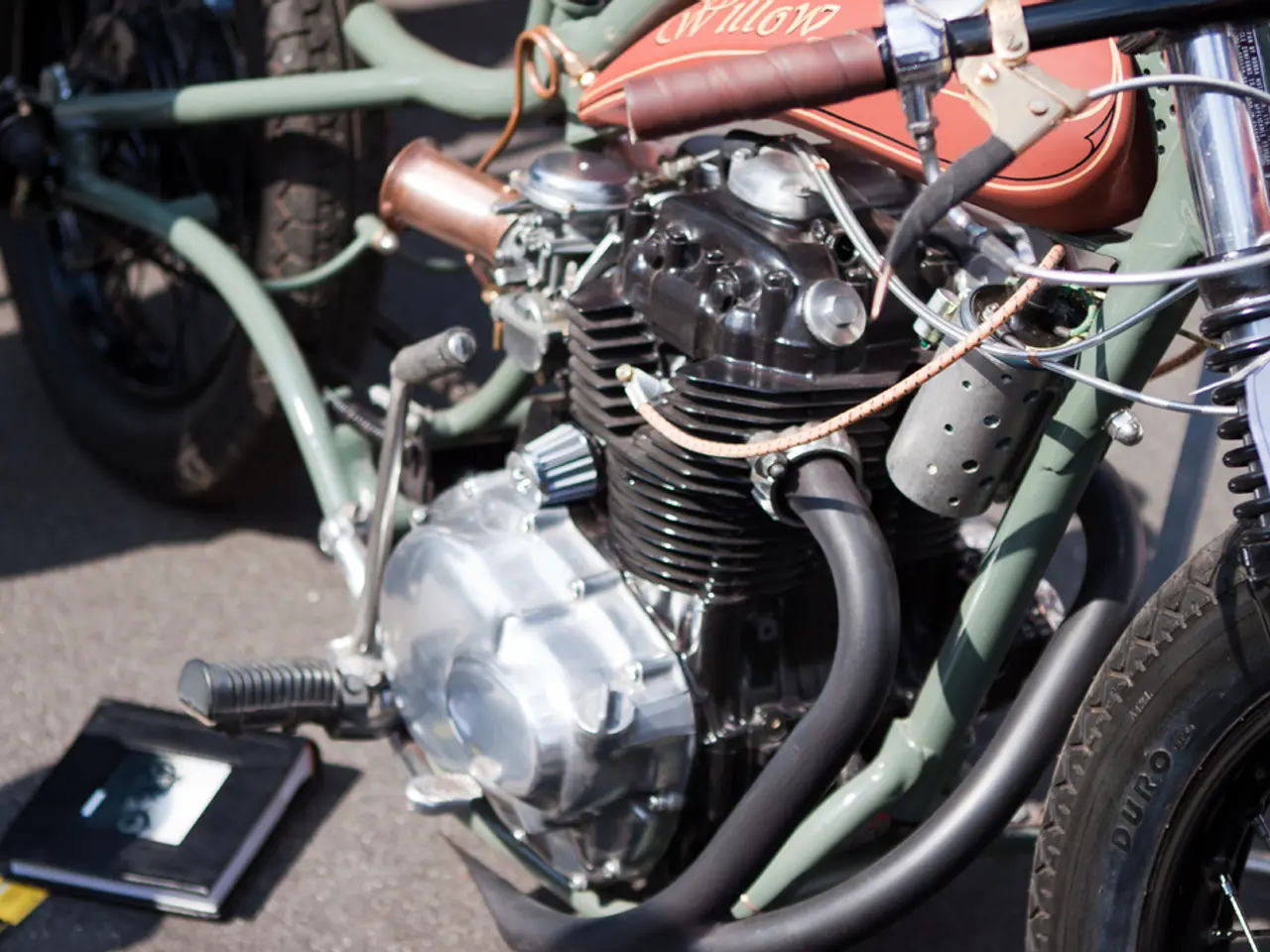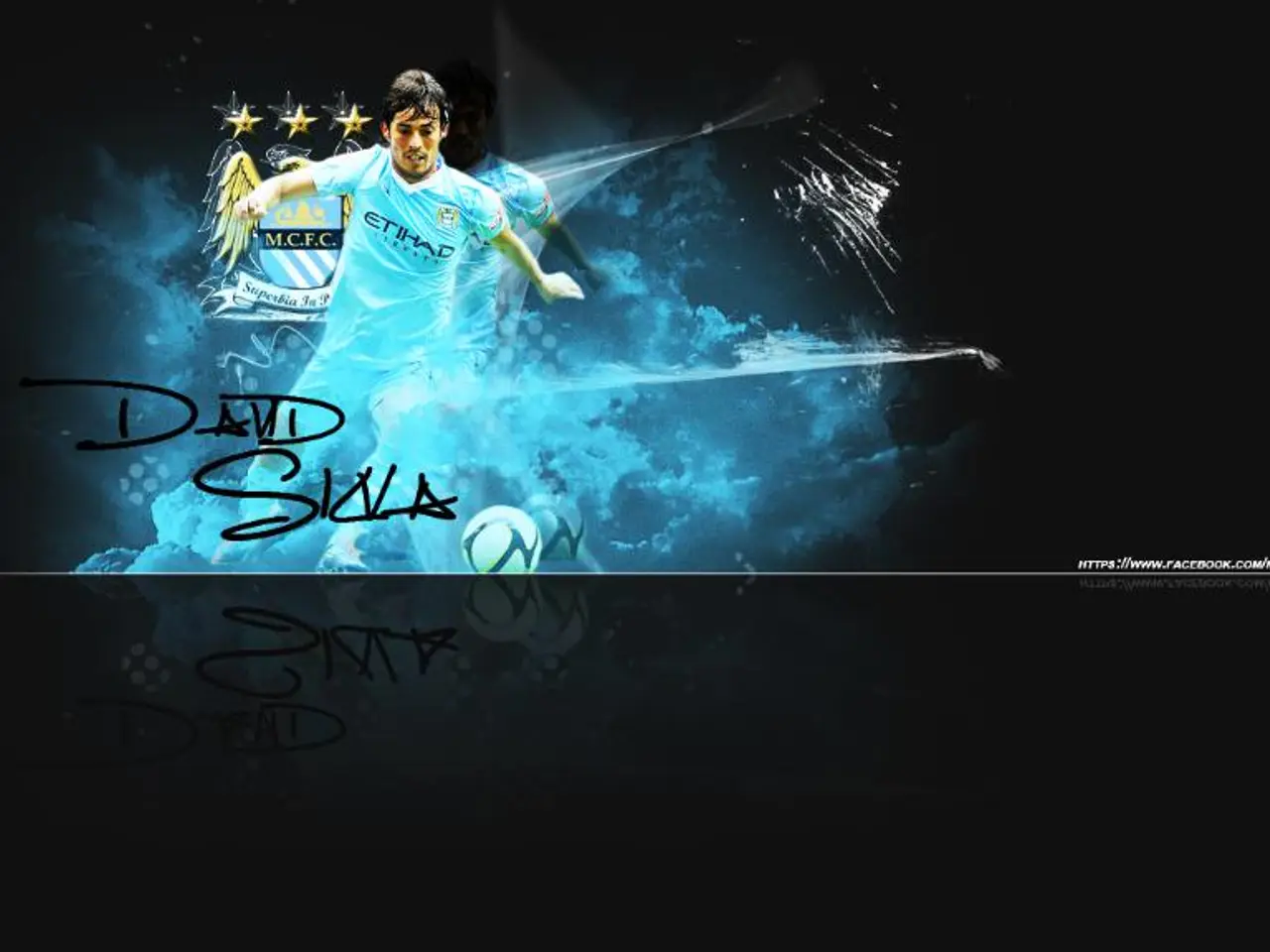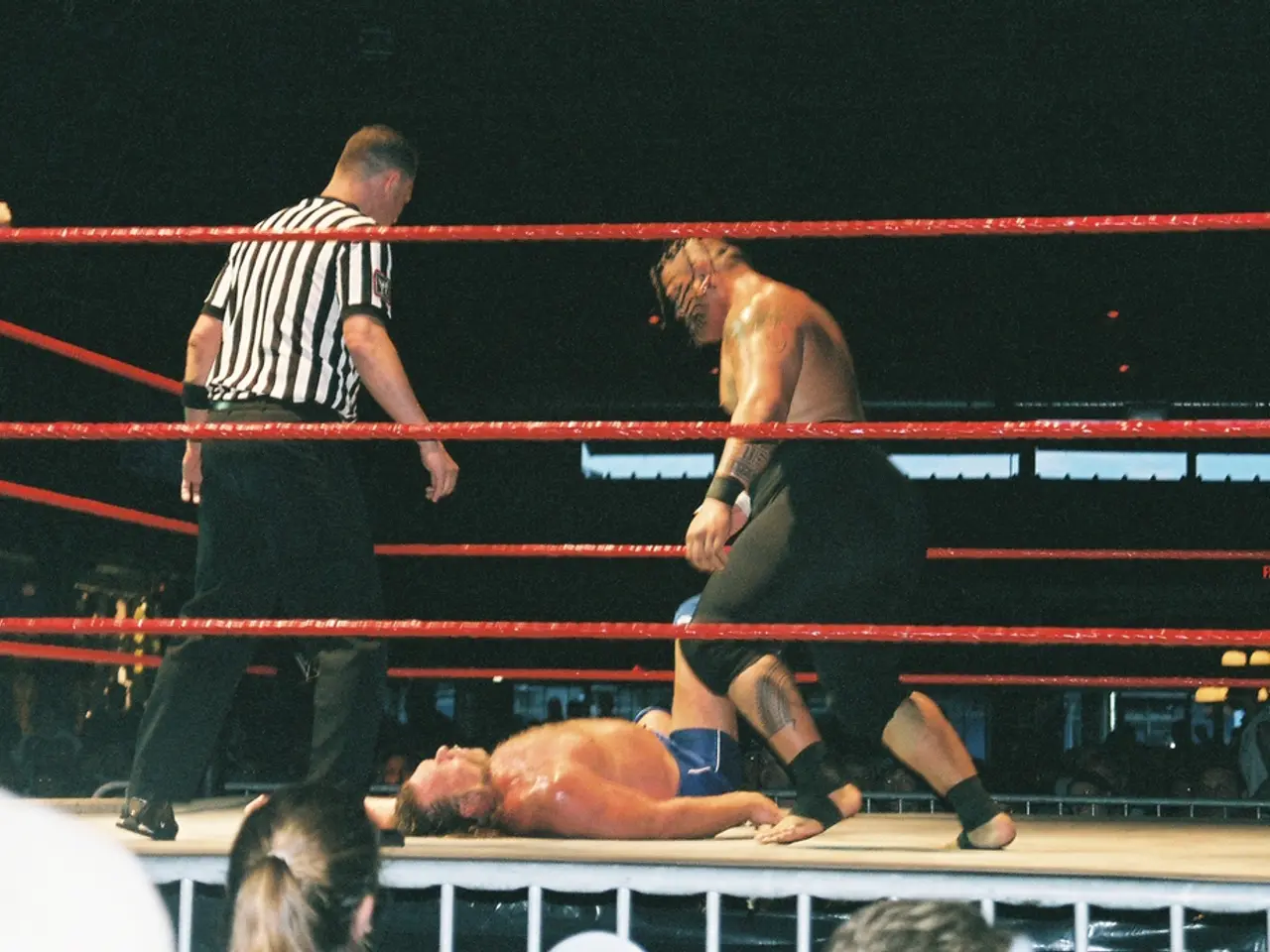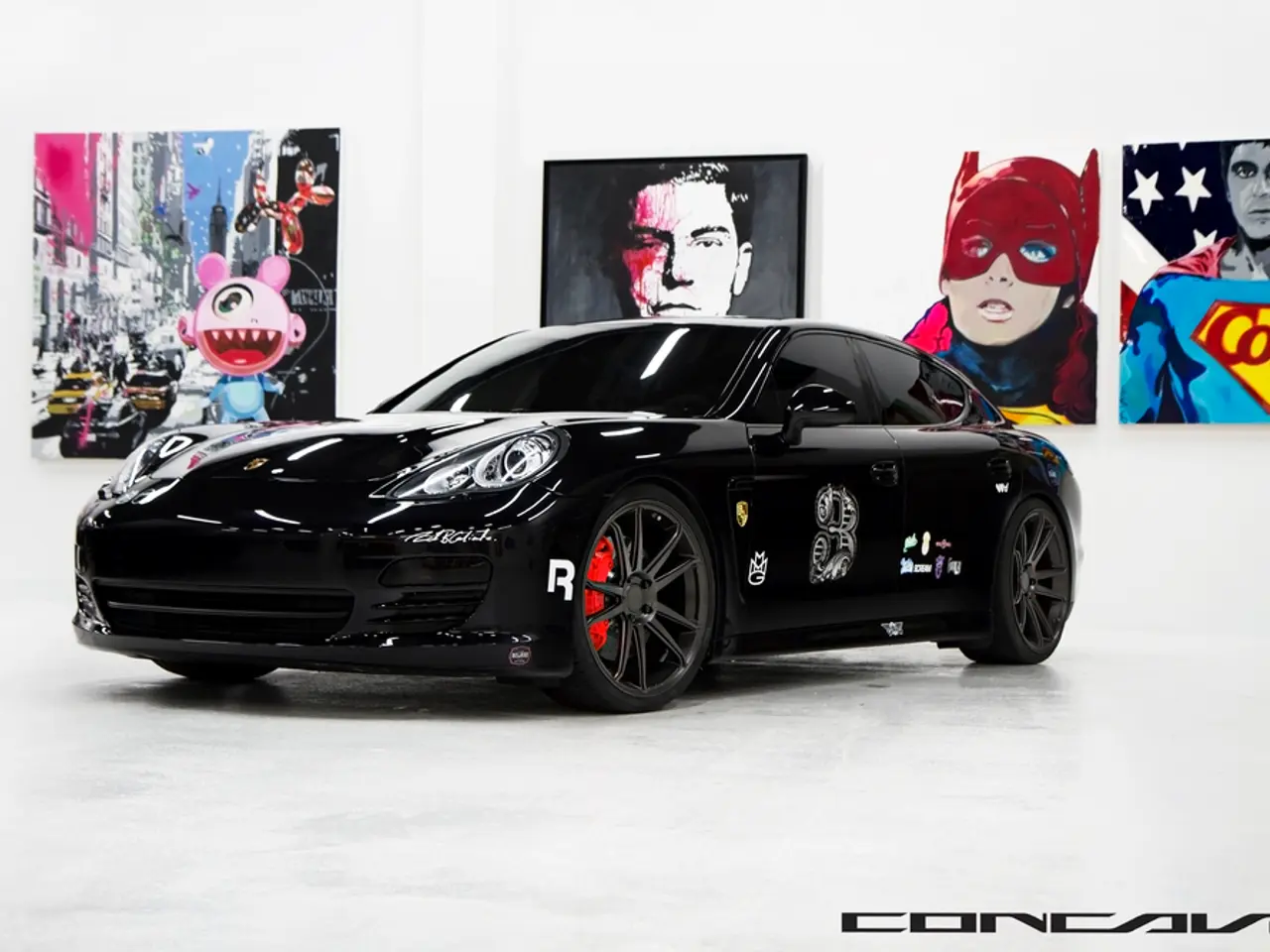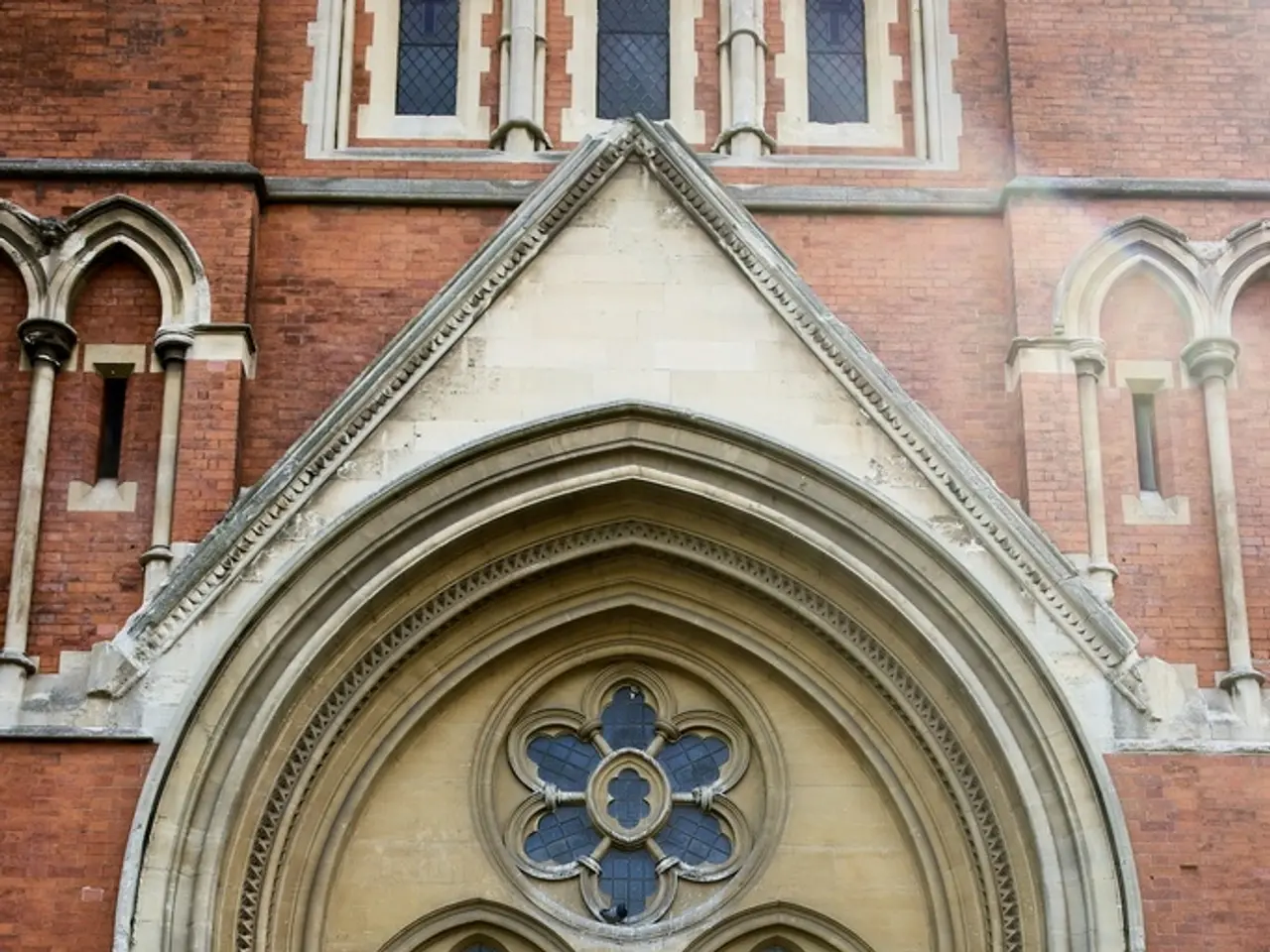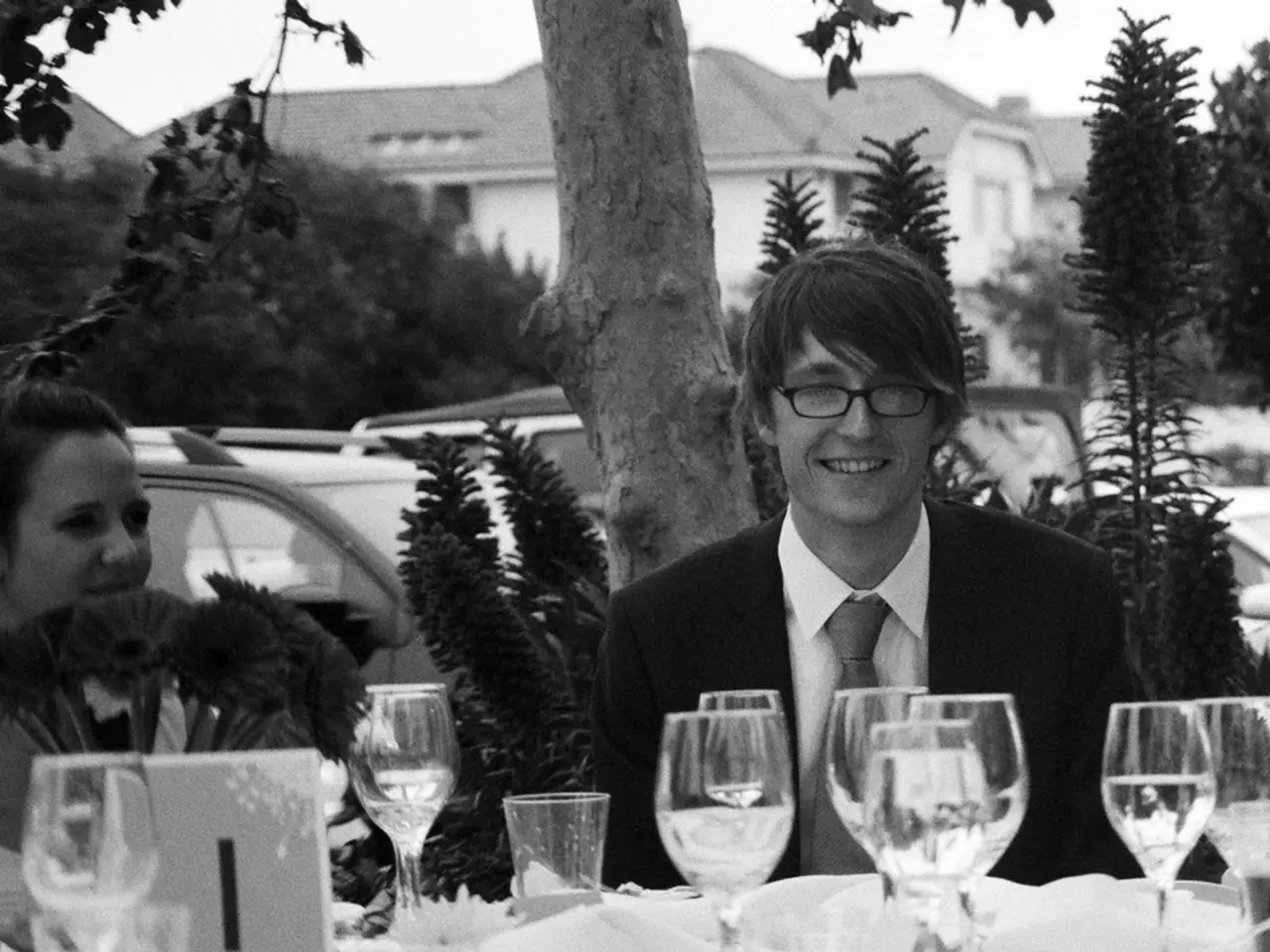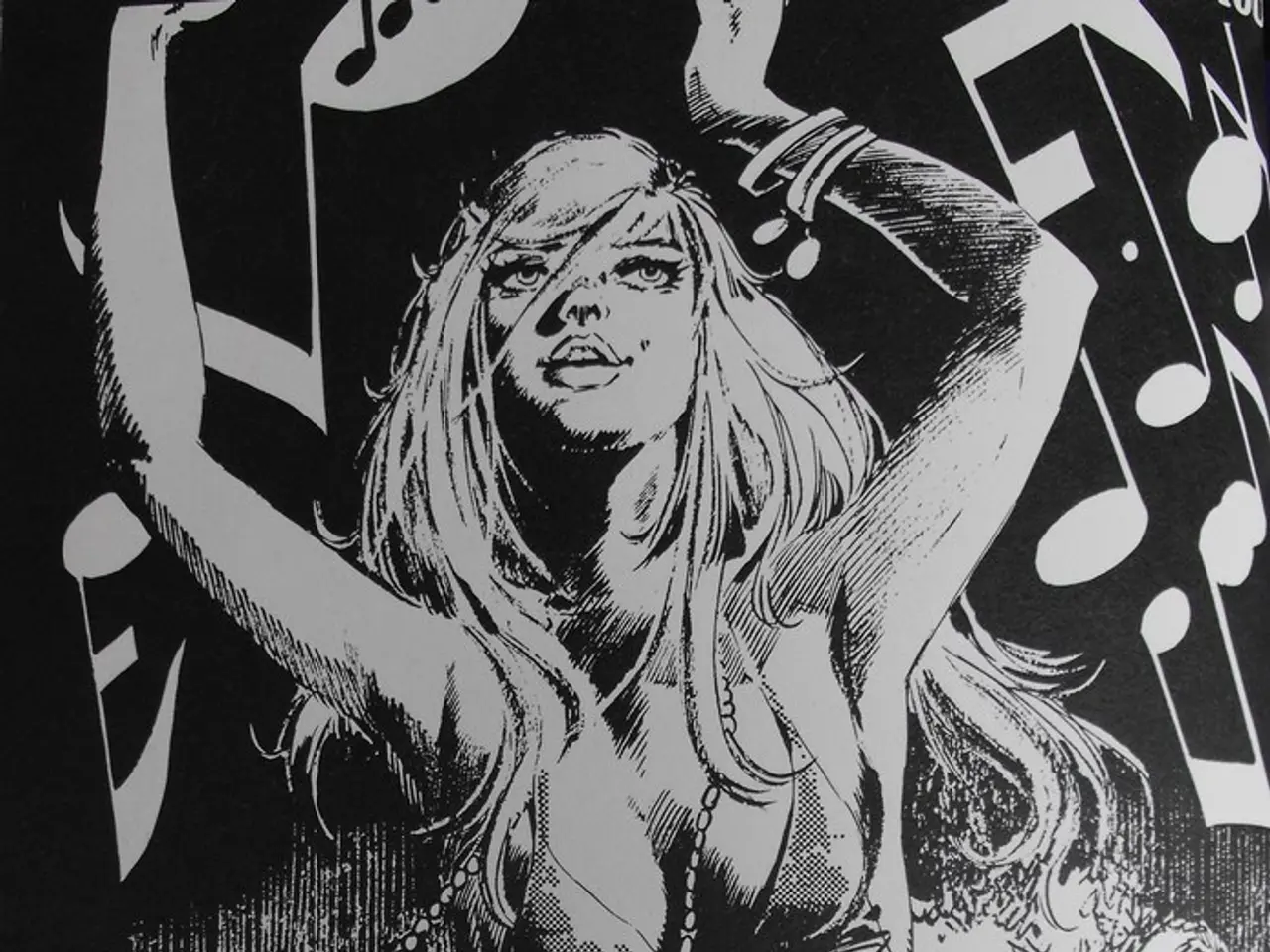Celebrating BMW's 50th Anniversary in North America: Tale 22 - The Custom-made Motorbike for the US: The R 1200 C
In 1996, BMW made a significant stride into the cruiser motorcycle market with the introduction of the R 1200 C. This model, a strategic move away from BMW's traditional focus on sport, touring, and adventure motorcycles, marked a new era for the German automaker.
The R 1200 C was the brainchild of David Robb, BMW's first designer to work exclusively on the motorcycle side. The cruiser design emphasised raw functionality, using a bespoke frame with a cast aluminum front section and an all-new Telelever front suspension. The production design was refined by Dietmar Finger, while Stefano Ardagna and Saverio Spadone created a styling model at Studio Torino in Italy.
The cruiser's engine, a 1,170cc A63 engine, was BMW's largest oil-head boxer and was exclusively available in the R 1200 C model during its production run. The engine delivered 61 horsepower at 5,000 rpm and 72 pound-feet at 3,000 rpm, offering a torque-biased output that was a clear shot across Harley-Davidson's bow.
The R 1200 C featured design elements like swept-back handlebars, polished valve covers, spoked wheels, a deeply valanced rear fender, solo saddle with passenger pad, chrome headlight, and gauges mounted on the triple clamps. The fuel injection system was hidden behind nicely detailed panels, adding to the cruiser's aesthetic appeal.
BMW's cruiser project was competitive and open to be developed by BMW Motorrad, as stated by Phil Capossela, Vice-President of BMW of North America's motorcycle division. The R 1200 C was even included in the Guggenheim Museum's The Art of the Motorcycle exhibit, a testament to its design and engineering excellence.
However, the R 1200 C received criticism from BMW's traditional clientele after its launch in 1997. Despite this, BMW sold a total of 40,218 examples of the R 1200 C from 1997 to 2004, with most of the sales taking place in North America.
Fast forward to 2024, BMW Motorrad delivered a record number of 209,257 motorcycles, with the R 18 contributing significantly to its sales. This shows that BMW's cruiser market entry, marked by the launch of the R 1200 C in 1996, has proven to be a successful venture for the German automaker.
The R 1200 C was a distinctly Bavarian twist on the classic cruiser aesthetic, featuring Munich's traditional boxer twin engine. It was designed for relaxed travel over moderate distances rather than high-speed canyon carving or cross-country adventures. The R 1200 C's launch in 1996 signalled BMW's entry into a new motorcycle segment, expanding its portfolio beyond its well-known boxer and touring motorcycles.
The R 1200 C, with its distinctive cruiser design, marked a departure from BMW's traditional focus on touring and adventure motorcycles, venturing into a new motorcycle segment. Despite initial criticism from traditional customers, the model's sales, particularly in North America, were significant, indicating a successful foray into the cruiser market for BMW.
